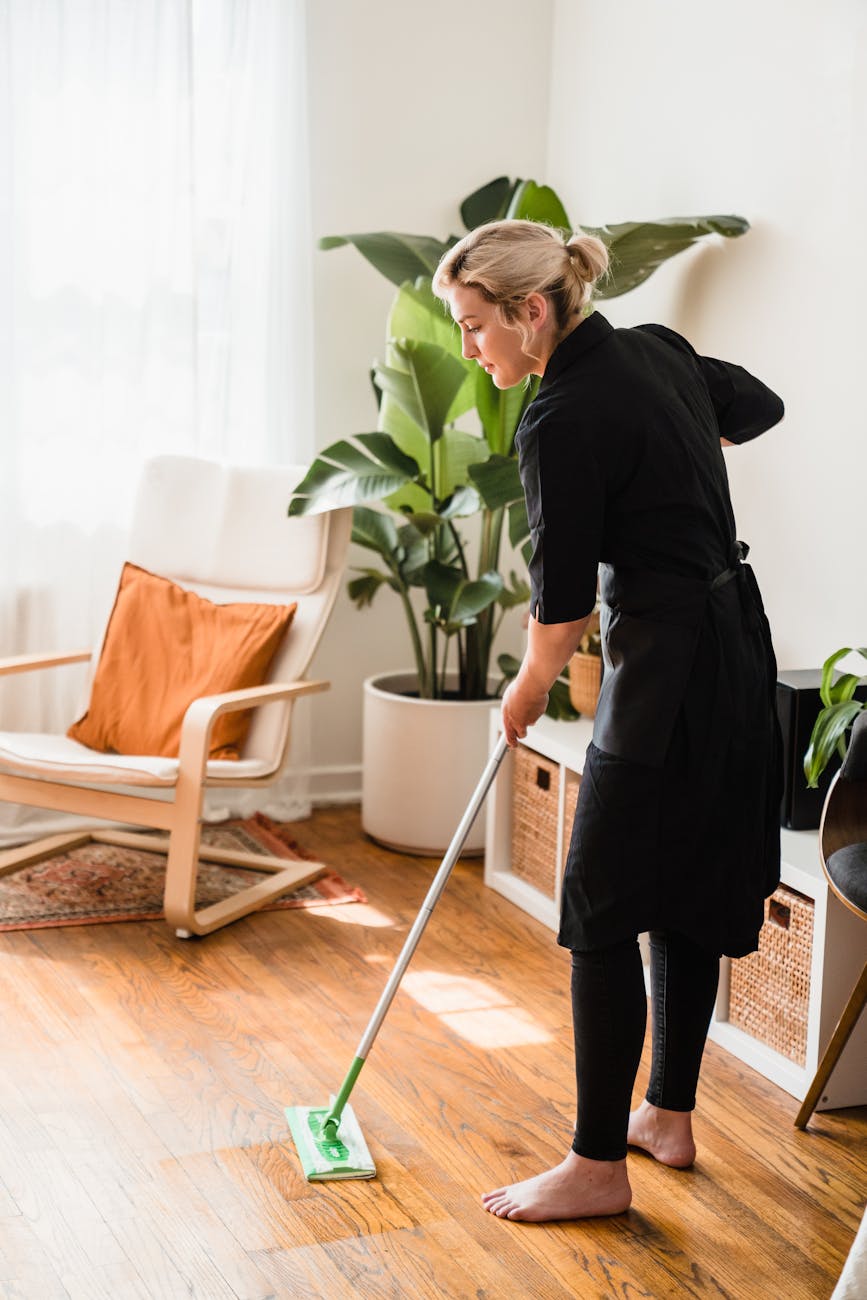Table of Contents
Welcome to a journey towards a more serene and functional living space. In our fast-paced world, it is easy for clutter to accumulate, transforming our homes into zones of stress rather than sanctuaries. From overflowing wardrobes to cluttered countertops, the physical disarray often mirrors a sense of overwhelm in our minds. This guide is designed to simplify the daunting task of decluttering, breaking it down into manageable steps that anyone can follow. We will explore not just the “how-to” but also the profound “why” behind creating an organized environment, offering practical strategies and tips to help you reclaim your space and, by extension, your peace of mind. Prepare to transform your home into a haven of calm and efficiency.
Understanding the ‘why’: Beyond just neatness
Decluttering is far more than simply tidying up; it is an investment in your mental well-being, productivity, and overall quality of life. Consider the hidden costs of clutter: wasted time searching for items, increased stress levels from visual noise, and the feeling of being constantly overwhelmed. Studies consistently show a strong link between physical clutter and psychological distress, anxiety, and even reduced focus. A cluttered environment can impede creativity, make decision-making harder, and contribute to procrastination. Conversely, a clean and organized space promotes clarity, reduces stress, enhances focus, and can even lead to better sleep. It creates a sense of control and accomplishment, allowing you to breathe easier and enjoy your home more fully. By understanding these profound benefits, you build the intrinsic motivation needed to embark on your decluttering journey with purpose.
Getting started: The initial purge
The thought of decluttering an entire home can feel paralyzing. The secret to success lies in starting small and building momentum. Instead of tackling a whole room, begin with a single drawer, a shelf, or a specific category of items like old books or clothing. This approach prevents overwhelm and allows you to experience quick wins, which are crucial for motivation. Before you begin, set a clear intention for the space you are decluttering. Do you want it to be more functional? More calming? Ask yourself critical questions for each item: Have I used this in the last year? Does it bring me joy or serve a practical purpose? Do I have duplicates? Be honest with your answers. Prepare three distinct zones or boxes: one for items to keep, one for items to donate or sell, and one for trash. As you sort, immediately remove items from the “donate” and “trash” piles to prevent them from creeping back into your living space. Remember, progress, not perfection, is the goal here.
Effective decluttering strategies: Tools for success
Once you have embraced the initial purge, applying structured strategies can significantly accelerate your progress and make the process more efficient. Various methods cater to different personalities and clutter types, but they all share the common goal of helping you make decisive choices about your belongings. One popular approach is the KonMari method, which encourages you to gather all items of a single category (e.g., all clothes) and handle each one, keeping only what “sparks joy.” Another effective technique is the “four-box method,” where you label boxes for “keep,” “donate,” “trash,” and “relocate” (for items belonging elsewhere). The “one-in-one-out” rule is excellent for maintenance, ensuring that for every new item you bring into your home, an old one leaves. No matter the method, consistency and honesty are key. To help visualize the impact of decluttering specific areas, consider the common items often found and the positive change their removal brings:
| Decluttering Zone | Common Items to Declutter | Typical Benefits Realized |
|---|---|---|
| Bedroom | Unworn clothes, old magazines, excessive decor | Improved sleep quality, reduced stress, calming atmosphere |
| Kitchen | Expired food, unused gadgets, duplicate utensils | Easier cooking, more counter space, less food waste |
| Home Office | Old papers, defunct electronics, unread mail | Enhanced focus, increased productivity, less distractions |
| Living Room | Unnecessary trinkets, forgotten remote controls, excessive throw pillows | More inviting space, easier cleaning, relaxed environment |
Maintaining a clutter-free space: Sustaining your serenity
Decluttering is not a one-time event; it is an ongoing practice that evolves with your lifestyle. The real challenge, and reward, lies in maintaining your newly organized space. The first step to lasting order is ensuring everything has a designated “home.” Once an item is used, return it immediately to its place. This simple habit prevents items from accumulating on surfaces. Implement a “daily tidy-up” routine, perhaps 10-15 minutes each evening, to put away stray items, wipe down surfaces, and prepare for the next day. This minor daily effort prevents major clean-ups. Be mindful of new purchases; before buying something new, ask yourself if you truly need it and where it will live. Consider the “one-in-one-out” rule for items like clothing and books. Regularly review your spaces, perhaps quarterly, to catch any creeping clutter before it becomes overwhelming. By integrating these habits, you foster a sustained state of organization, ensuring your home remains a peaceful and functional retreat.
Embarking on a decluttering journey is an incredibly empowering step towards a more intentional and peaceful life. We have explored the compelling “why” behind clearing our spaces, from reducing stress to boosting productivity, demonstrating that it is far more than just aesthetics. We then delved into practical starting points, emphasizing the power of small steps to build momentum and overcome initial overwhelm. Essential strategies like the KonMari and four-box methods were introduced, providing you with concrete tools to make decisive choices about your belongings. Finally, we highlighted the critical importance of maintaining your clutter-free environment through daily habits and mindful consumption, transforming decluttering into a sustainable lifestyle. Remember, this process is not about deprivation; it is about creating space for what truly matters. By embracing these principles, you are not just tidying your home; you are cultivating a calmer mind and a more fulfilling existence.
